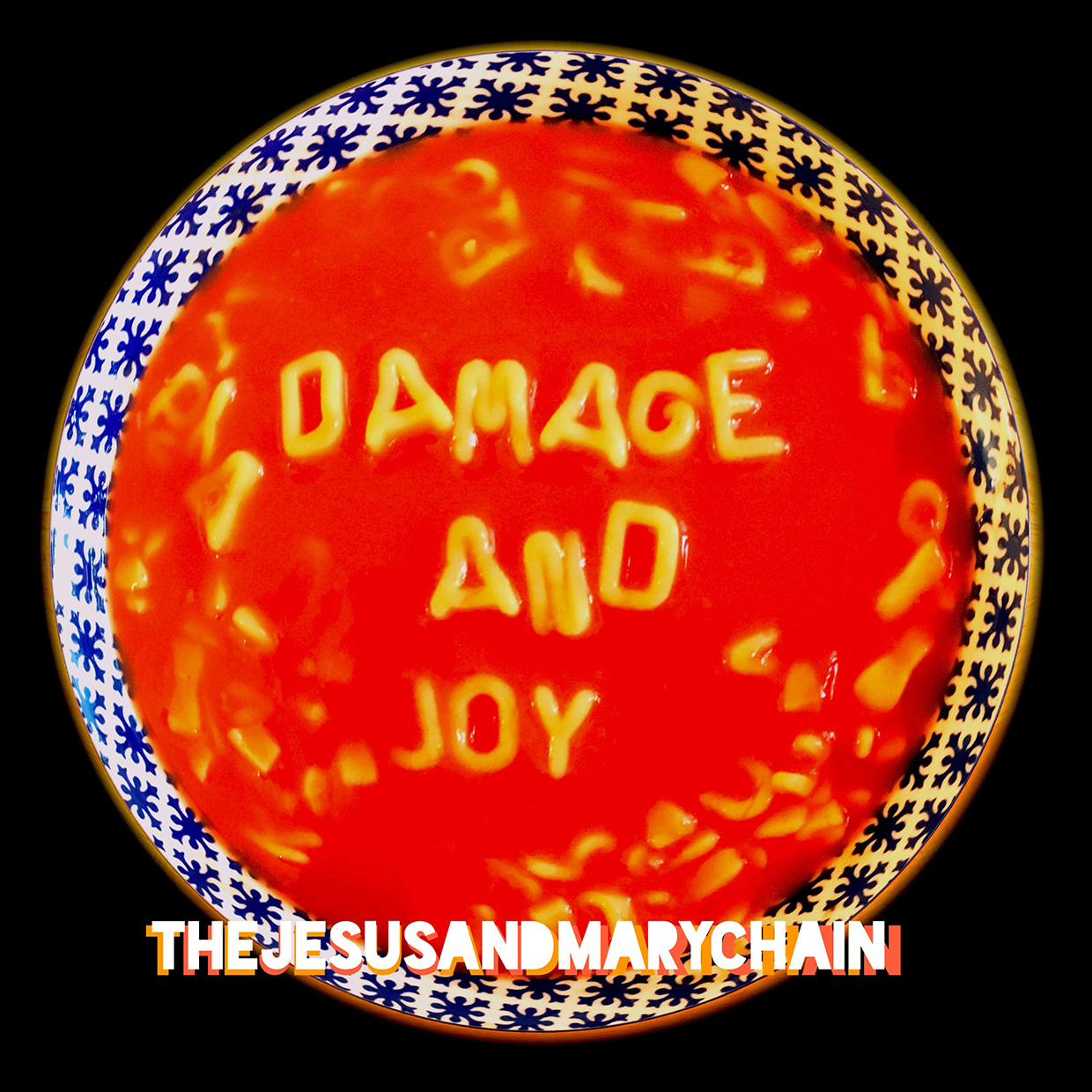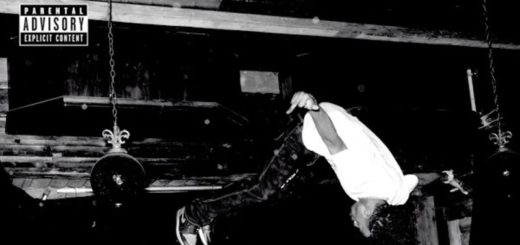DAMAGE AND JOY by The Jesus and Mary Chain

Genre: Shoegaze, Noise Pop
Favorite Tracks: “War on Peace,” “Always Sad,” “Black and Blues”
The Jesus and Mary Chain are, without a doubt, one of those bands that music nerds will cite as more influential than popular. One of the main progenitors of the internet’s favorite fake music genre, they act as a living relic from that era, leaving a legacy that influenced some of the most important rock bands of all time and was preserved untouched for nearly 20 years after their 1998 breakup. The band seems content in its lack of needle-movement, however, as their sound hasn’t really changed at all since their second record, DARKLANDS, was released 30 years ago. That record ditched JMC debut PSYCHOCANDY’s hazy, strung-out sound with what was essentially a more grounded and mainstream approach that combined the later works of The Velvet Underground with the charming rudimentary composition style of the Ramones, running it through a late ‘80s MTV rock filter in the process. They did, however, maintain a high level of unpredictability, and had a reputation akin to the Sex Pistols for playing rowdy, drug-fueled gigs, this gonzo, nihilistic subtext to their music being absolutely vital to its success and to the band’s legacy. Though this is a band that has maintained its identity for the 30-plus years they have existed, DAMAGE AND JOY is the most unfortunate kind of comeback record—one that is missing the youthful spirit that permeated their most famous and well-received work, and one that fails to justify its own existence by recreating the thing that made it special in the first place.
Even the best moments in this album largely feel like the band is imitating itself. The album’s best song, “War on Peace,” seems to imply that DAMAGE AND JOY will nod to PSYCHOCANDY’s proto-shoegaze sound. Even then, the song doesn’t build to anything in the way it feels like it should. Beyond that, DAMAGE AND JOY is filled with questionable would-be alt rock numbers that almost invariably drag on past their expiration date. Jim and William Reid’s songs come across as more amateur than deliberately minimal, as their earlier work did. Additionally, the album’s many boy/girl duets, which feature vocalist Bernadette Denning, feel jarring and unnerving both within the album and the meta-narrative surrounding it—there’s something a bit strange about 55-year-old musicians debuting new songs that are written like they should have been sung by teenagers in the ‘60s.
“Always Sad” does serve as an exception to this rule, as its contrast of that simplistic, heteronormative writing style (Reid and Denning trade, “You ain’t like those other guys / girls” back and forth on the song’s verses) with the chorus’s assertion that the protagonists are “always gonna be sad” does manage to maintain the Jesus and Mary Chain’s strung-out, doomed youth aesthetic, while also giving it a tinge of “what could have been” regret that feels much more contextually appropriate for them at this point in time. Late album track “Black and Blues” borrows a little bit from classic country, which makes the song stand out solely based on its slight aesthetic difference from the preceding songs, but also does feature the album’s catchiest melody and is one of the few memorable tracks.
I don’t usually find it fair to question an older band’s legacy because of their late-period output, but after waiting so long and building so much anticipation amongst fans over this reunion, DAMAGE AND JOY feels empty enough to make one wonder what this band brought to the table that others didn’t. It lacks direction, urgency, anything to give a listener a reason to remember it. But perhaps that’s the point—did The Jesus and Mary Chain just happen to stumble upon one of the most innovative sounds in rock music history? It’s entirely possible, considering the band’s early ethos is steeped in an attempt to perform a radical level of artistic apathy. If that truly is their strategy, however, DAMAGE AND JOY isn’t something worth stumbling across, and the 13-year-olds who are just learning about shoegaze from Facebook meme pages or /mu/ are better off borrowing their dad’s copy of PSYCHOCANDY instead.
Verdict: Do Not Recommend



